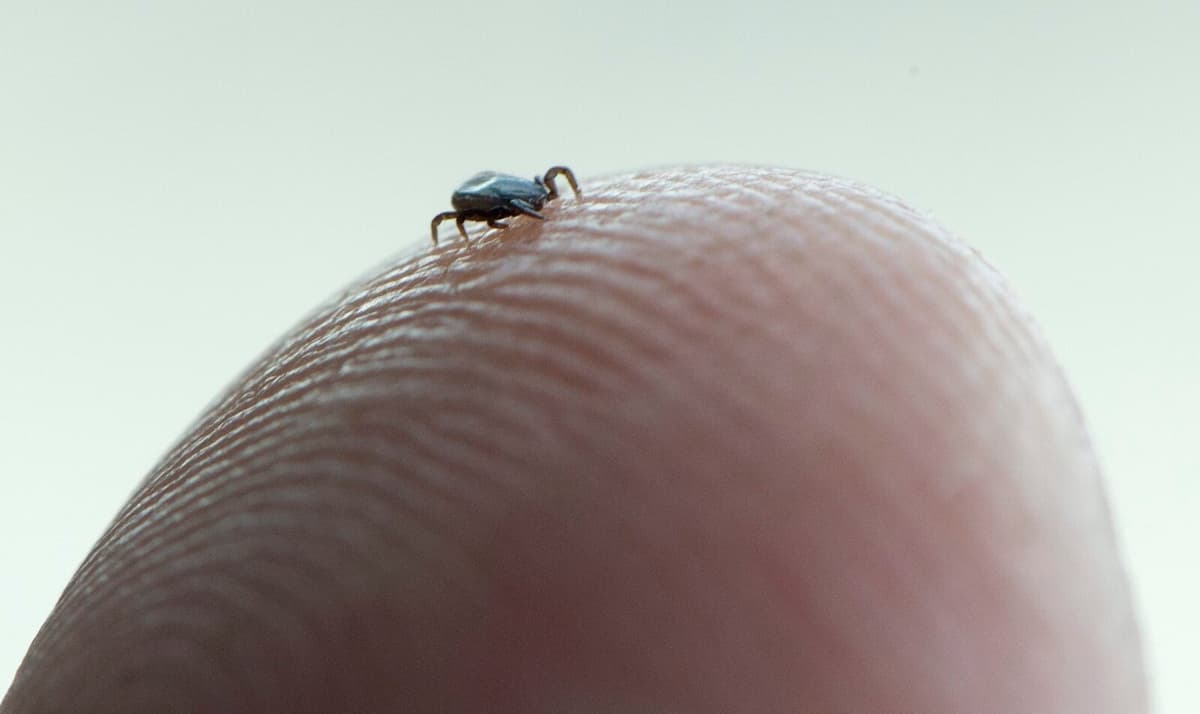Tick researchers can thank the public for the growing collection. It is private individuals who have sent in their finds, picked up from grass, pets or their own bodies.
Until June 5, SVA has received 2,500 envelopes with ticks, but researchers want 10,000 before the end of the year.
It's a good start, but we have a long way to go. Many more need to send in their ticks to us, says Anna Omazic, researcher at SVA.
Hot spots
The collected specimens are sent to Uppsala University, where they will be analyzed molecularly. This is done to be able to determine which areas are the "hot spots" of ticks, i.e. where the virus-carrying ticks are.
It's quite difficult to find ticks that carry the TBE virus – on average, you might find one in a thousand collected ticks. But in specific areas, the prevalence is higher, and we want to know where, explains Anna Omazic.
Between 300 and 600 people in Sweden fall ill with tick-borne encephalitis, or TBE (tick-borne encephalitis), every year. The vast majority of cases are reported from Götaland and Svealand. But the tiny arachnids are found throughout the country.
We see that the tick population is increasing and spreading north, says Anna Omazic.
Over the past few years, SVA has received tick reports from all the municipalities in the country, although it's only a few finds in Norrland's inland. So far, researchers have not found any TBE virus-carrying ticks in the north.
But it's probably just a matter of time, says Anna Omazic.
From the east
The experts also know that the taiga tick, which has come from the east to mainly the Norrbotten coast, can be carriers of new TBE virus types.
They can cause more severe symptoms than the European variant we have in southern and central Sweden, says Anna Omazic.
The goal is to be able to create a map of areas where the risk of being infected with TBE is higher. But Anna Omazic does not want to deter anyone from spending time in nature:
–What you should think about is always checking your body after being outdoors, and immediately removing a tick that has bitten you. I also recommend those who live or will be in southern and central Sweden to vaccinate themselves against TBE.
Ticks bite to suck blood. A tick bite usually causes no problems, but ticks can transmit diseases such as TBE (tick-borne encephalitis), borreliosis, and tick fever (anaplasmos).
Region health authorities advise those who spend time in tick-dense areas to vaccinate themselves.
The entire Västra Götaland, Östergötland, Södermanland, Stockholm, and Värmland counties are classified as risk areas, and a total of 173 of the country's 290 municipalities are classified as risk areas, based on confirmed disease cases.
The mapping that SVA is doing, in collaboration with Uppsala University, can specify where the virus-carrying ticks are.
More information about tick reporting can be found here: https://www.sva.se/aktuellt/insamlingar/rapportera-faesting/ Sources: 1177, Public Health Agency of Sweden and SVA





